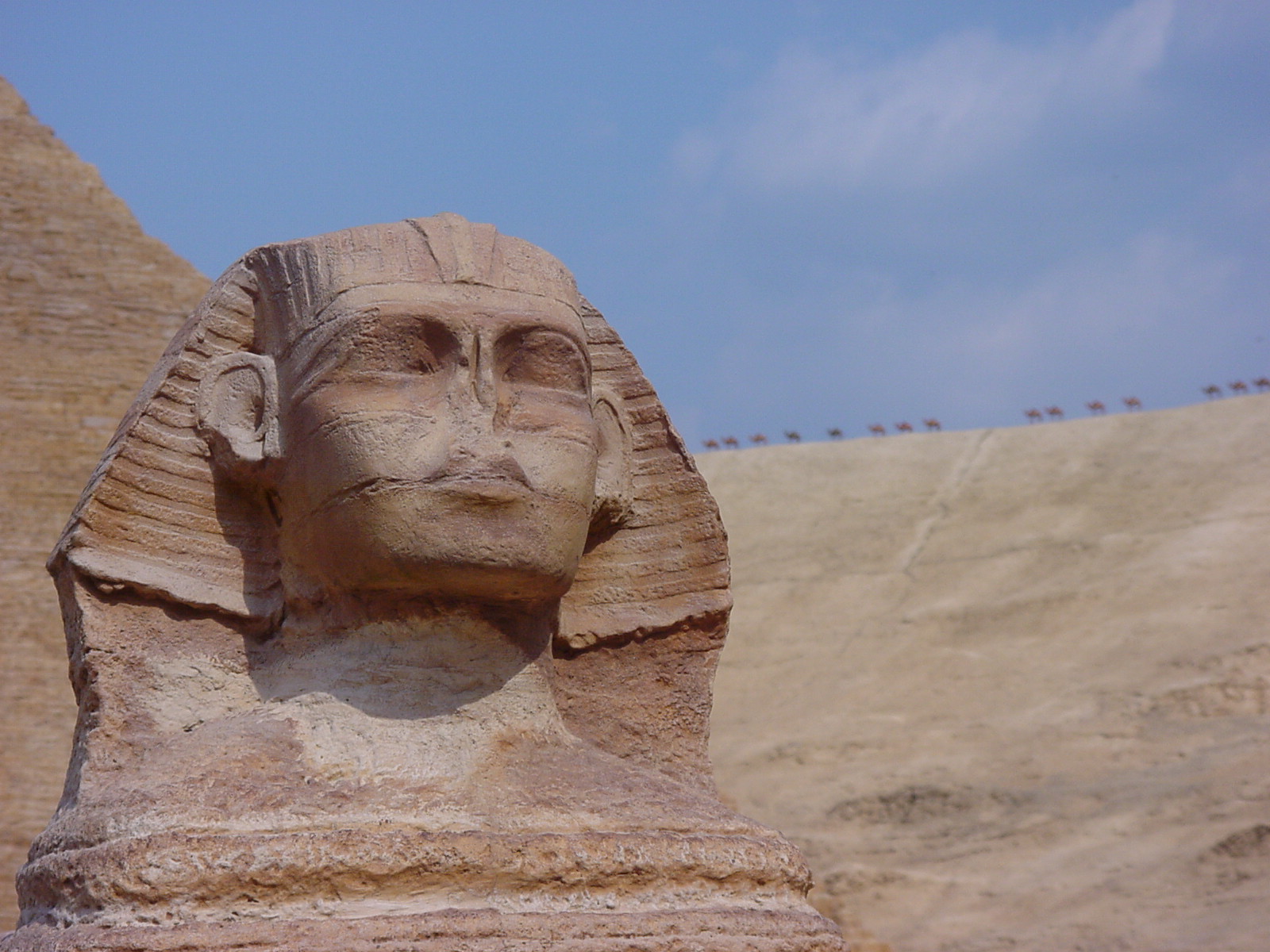It’s been a rather controversial topic throughout the scientific and history community alike. How exactly did the Egyptians manage to build the great pyramids in the amount of time that they did? New discoveries have reached a conclusion that the answer is more simple than we previously thought.
It took approximately 20 years to build the pyramid of Giza. It consists of an estimated 2.3 million stone blocks weighing 25 tons each. By these calculations, they had to move and place 12 blocks or 800 tons each day, including nights. These blocks came from quarries hundreds of miles across the desert. Many claim that technology today would struggle accomplishing this feat of engineering, so how exactly did slave labor do this?
The solution? Water.
The stones they cut from the quarries were soaked with water to saturate it, then hammered with wooden wedges to cut from the rock. From there, they were carried both up and down the Nile river and then the sand was saturated with more water to reduce friction for sliding stones to the build site.
It’s the same concept as a sand castle. You don’t make it with dry sand, it applies to friction just as well. About 5.5 million tons of limestone, 8,000 tons of granite (imported from Aswan), and 500,000 tons of mortar were used in the construction of the Great Pyramid.
As one of the largest and tallest manmade structures in the world, the pyramid of Giza and its predecessors of ancient Egypt have often been subject to controversy of how exactly they were made, theories of extraterrestrial assistance has even been taken into consideration, although that theory is still subject to opinion. We may be able to learn a thing or two from the ancients after all.







